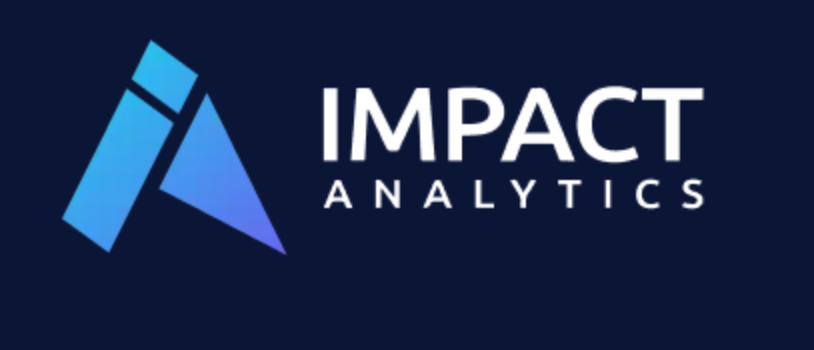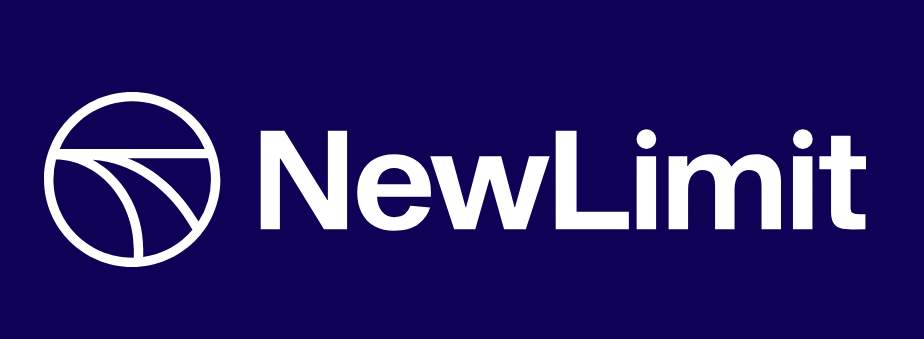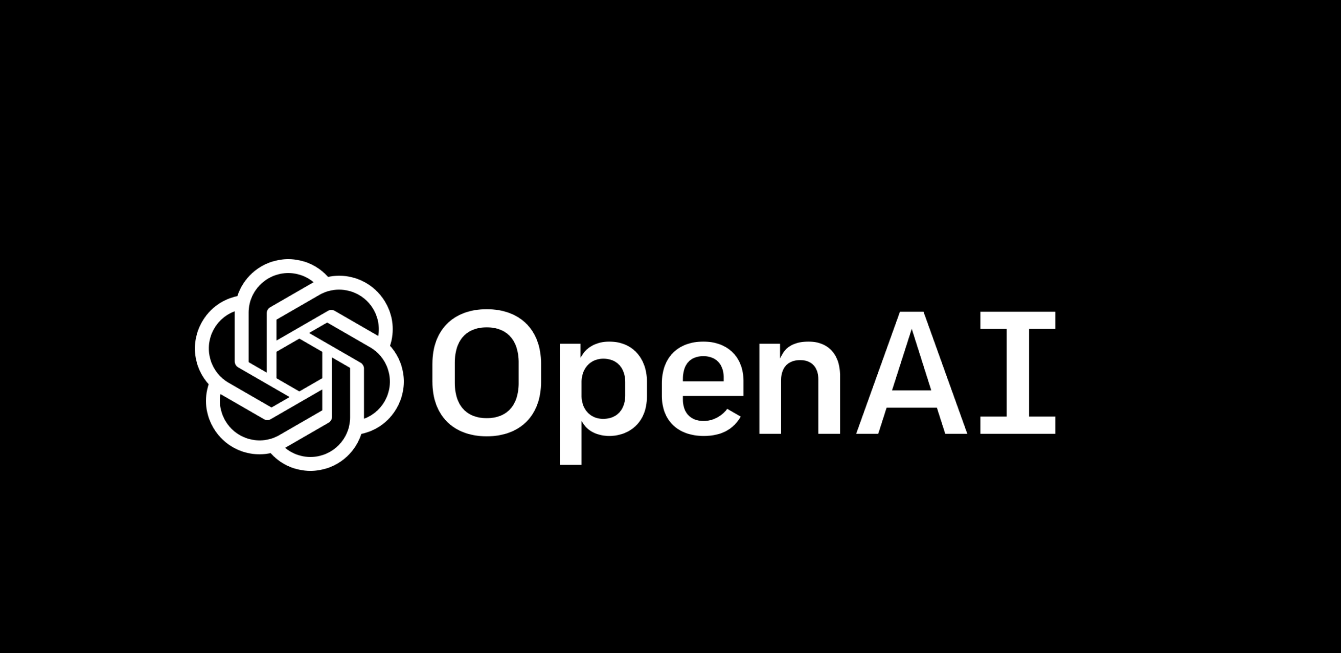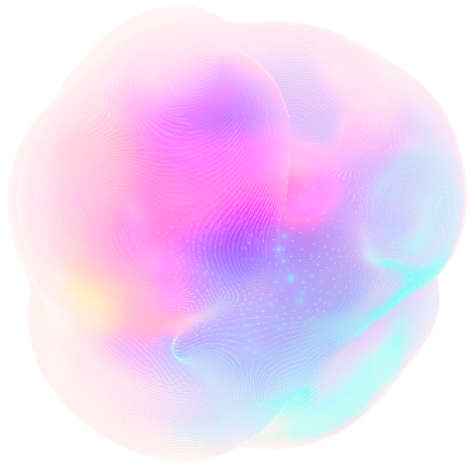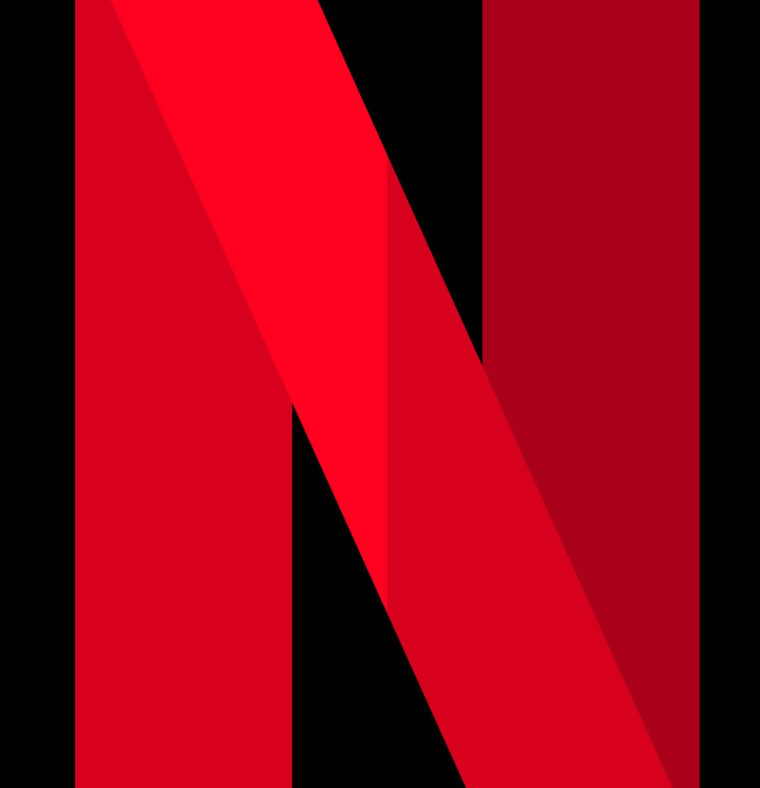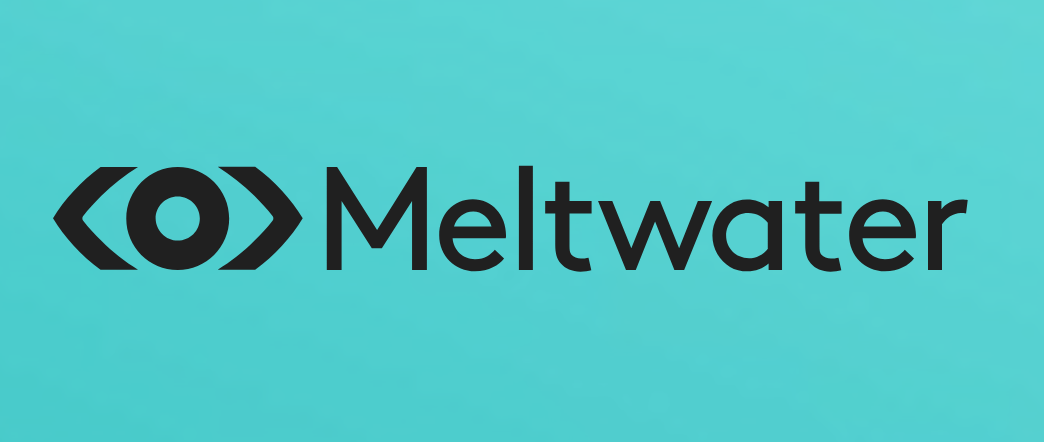Insider Brief
- Effectively integrating and orchestrating diverse autonomous agents is a challenge.
- A team of Chinese scientists have devised an Internet of Agents (IoA) to address the problem.
- The team writes in a research paper that their approach is inspired by the structure and functionality of the Internet.
People want their large language model (LLM) systems to serve as autonomous agents, helping them answer questions or write emails without requiring their constant guidance. However, to make that happen, developers will need to effectively integrate and orchestrate these diverse autonomous agents. And that’s a problem.
Now, a team of Chinese scientists have devised an Internet of Agents (IoA) to address these challenges by providing a flexible and scalable platform for what scientists term, “multi-agent collaboration”. Essentially, the scientists’ solution is to get those agents to chat online.
In a recent study published on the pre-print server arXiv, researchers introduced the Internet of Agents (IoA), a framework that provides a flexible and scalable platform for multi-agent collaboration. The researchers, led by a team from Tsinghua University and Peking University, said their novel approach is inspired by the structure and functionality of the Internet.
Addressing Multi-Agent Challenges
Existing multi-agent frameworks often face three significant limitations: ecosystem isolation, single-device simulation and rigid communication protocols.
“Most frameworks only consider agents defined within their own ecosystems, potentially blocking the integration of various third-party agents and limiting the diversity of agent capabilities,” the researcher write.
This limitation hinders the general applicability and flexibility of these frameworks.
The team adds that nearly all multi-agent frameworks simulate interactions on a single device, which contrasts sharply with real-world scenarios where agents operate across multiple devices and locations. The rigid communication protocols further restrict the adaptability of these frameworks to dynamic task requirements.
The researchers emphasize the need for a more adaptable system, adding that the communication process, agent grouping and state transitions are mostly hard-coded. .
The IoA Solution
The IoA framework aims to overcome these limitations through several innovative features. Central to IoA is an agent integration protocol that allows diverse third-party agents running on different devices to collaborate seamlessly. This is complemented by an instant-messaging-app-like architecture that facilitates dynamic agent teaming and communication.
“By autonomously searching for potential agents capable of handling the tasks at hand, agents can dynamically decide to form different teams and communicate within various group chats,” the team writes in the study.
This dynamic teaming is guided by a flexible finite-state machine mechanism, inspired by Speech Act Theory, which allows agents to autonomously manage the state of conversations and task execution.
Experimental Validation
To validate the effectiveness of IoA, the researchers conducted extensive experiments across various domains, including general assistant tasks, embodied AI tasks and retrieval-augmented generation benchmarks. The results were promising. “IoA achieves a 66 to 76% win rate in open-domain task evaluations when compared with individual agents like AutoGPT and Open Interpreter,” the team reports.
It’s also important to note IoA’s performance in the retrieval-augmented generation (RAG) question-answering domain. A GPT-3.5-based implementation of IoA achieved results close to or even exceeding GPT-4, surpassing previous multi-agent frameworks.
These results seem to show IoA’s potential to facilitate effective collaboration among different agents.
Real-World Implications
The implications of IoA extend beyond just theory, the scientists report. They argue that as smaller language models continue to advance, running agents on personal computers or even mobile devices will become increasingly feasible. This trend opens up new opportunities for deploying multi-agent systems in real-world scenarios.
“We believe that by further exploring and refining the IoA paradigm, more sophisticated and adaptable multi-agent systems can be developed,” the researchers report.
The potential applications include collaborative research and problem-solving to more efficient decision-making processes in various industries.
Possible Limitations
Although not explicitly stated the Internet of Agents (IoA) framework may face some limitations.
One key limitation is its reliance on current language models, which may still face challenges in understanding and generating contextually accurate and relevant responses in highly specialized domains. The framework’s performance also could be impacted by the variability in the quality and capabilities of third-party agents integrated into the system. While IoA demonstrates effective collaboration among agents, its scalability and efficiency in real-world, large-scale applications remain to be thoroughly tested.
Future Directions
The IoA framework represents a significant step towards linking diverse agents in an Internet-like environment, where they can seamlessly collaborate to achieve greater intelligence and capabilities.
The study’s authors are optimistic about the future of this paradigm. “Our framework opens up new possibilities for leveraging existing agents that were developed independently,” they write.
The researchers write that they hope their work will inspire further exploration in this promising direction, ultimately contributing to the development of more advanced and impactful multi-agent systems.
For a deeper and more technical dive, please read the paper in ArXiv. It’s also important to note, that papers on pre-print servers have not been officially peer reviewed, an important step in the research process.
The researchers involved in the Internet of Agents (IoA) study include Weize Chen, Ran Li, Chen Qian, Chenyang Zhao, Zhiyuan Liu, and Maosong Sun from Tsinghua University; Ziming You and Yitong Guan from Peking University; Cheng Yang from Beijing University of Posts and Telecommunications; and Ruobing Xie from Tencent.
